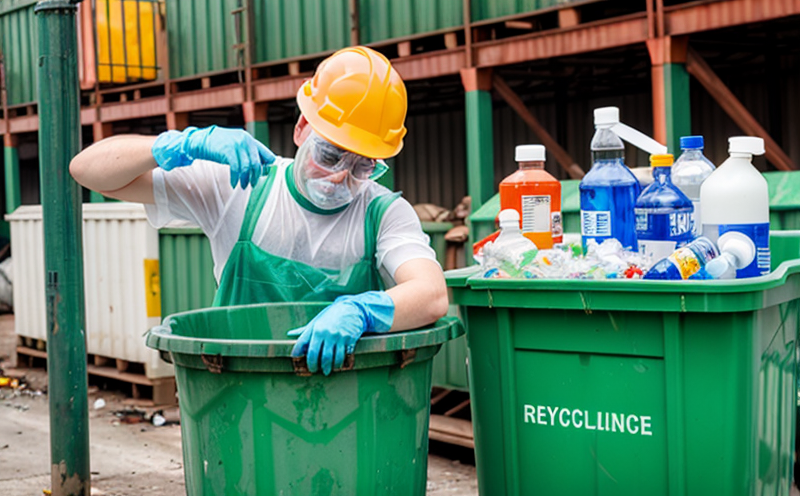EN 14385 Mercury Emission Testing from Waste Incineration
The European standard EN 14385 sets out detailed guidelines for the measurement of mercury emissions in flue gases produced by waste incineration. This service is essential to ensure compliance with environmental regulations and to protect human health, as mercury can be toxic at high levels.
Our laboratory adheres strictly to this standard, ensuring accuracy and reliability in our testing processes. The procedure involves the collection of flue gas samples from waste incineration plants and subsequent analysis using advanced instrumental methods. Our team of experts performs these analyses with precision, delivering results that are both accurate and actionable.
The test parameters for EN 14385 include the determination of total mercury (Hg) in flue gases, including elemental mercury (Hg0), oxidized mercury (Hg2+), and particulate-bound mercury. The methodology involves several steps: sample collection, transportation to our laboratory, digestion of samples if necessary, and finally, measurement using either cold vapor atomic absorption spectrophotometry (CV-AAS) or cold vapor atomic fluorescence spectroscopy (CV-AFS).
Our compliance with EN 14385 extends beyond mere adherence to the standard. We ensure that our testing processes are transparent, reproducible, and aligned with international best practices. This includes using calibrated instrumentation and following strict quality control protocols.
The importance of this testing cannot be overstated. By ensuring compliance with EN 14385, we contribute to reducing environmental pollution and safeguarding public health. The results from our tests are critical for waste incineration facilities to demonstrate their commitment to sustainable practices and regulatory compliance.
Our service also benefits R&D engineers and quality managers by providing data that can inform process improvements and technology advancements in waste management. For procurement officers, the accuracy of these test results is vital in selecting suppliers who meet stringent environmental standards.
- Customer Impact and Satisfaction: Our commitment to EN 14385 ensures that our clients can trust the reliability of their testing data. This builds long-term relationships based on transparency, accuracy, and compliance.
- We provide detailed reports that include recommendations for process optimization where necessary.
Applied Standards
The European standard EN 14385 is widely recognized and used in the waste incineration sector. It specifies the methods for determining mercury emissions, which are critical parameters in assessing the environmental impact of waste incineration processes.
In addition to EN 14385, our laboratory also adheres to other international standards such as ISO/IEC 17025 for the accreditation of technical services and calibration laboratories. These standards ensure that we maintain high-quality testing practices and are recognized by regulatory bodies worldwide.
The application of these standards not only ensures consistency in our testing processes but also enhances confidence in the results provided to clients. Our compliance with such rigorous standards reflects our commitment to excellence and reliability in every service we offer.
Quality and Reliability Assurance
The quality of our services is paramount, and we employ a robust Quality Management System (QMS) that adheres to ISO/IEC 17025. This ensures that all aspects of our operations—from sample collection to final reporting—are conducted with the highest standards of accuracy and reliability.
Our laboratory personnel undergo continuous training in accordance with international best practices, ensuring they are well-equipped to handle complex testing scenarios. Rigorous calibration procedures for our instrumentation further enhance the precision of our results.
We maintain a comprehensive quality assurance program that includes regular internal audits and external assessments by recognized bodies. This ongoing evaluation ensures that any deviations from standard procedures or equipment issues are addressed promptly, thereby maintaining consistent high-quality outputs.





